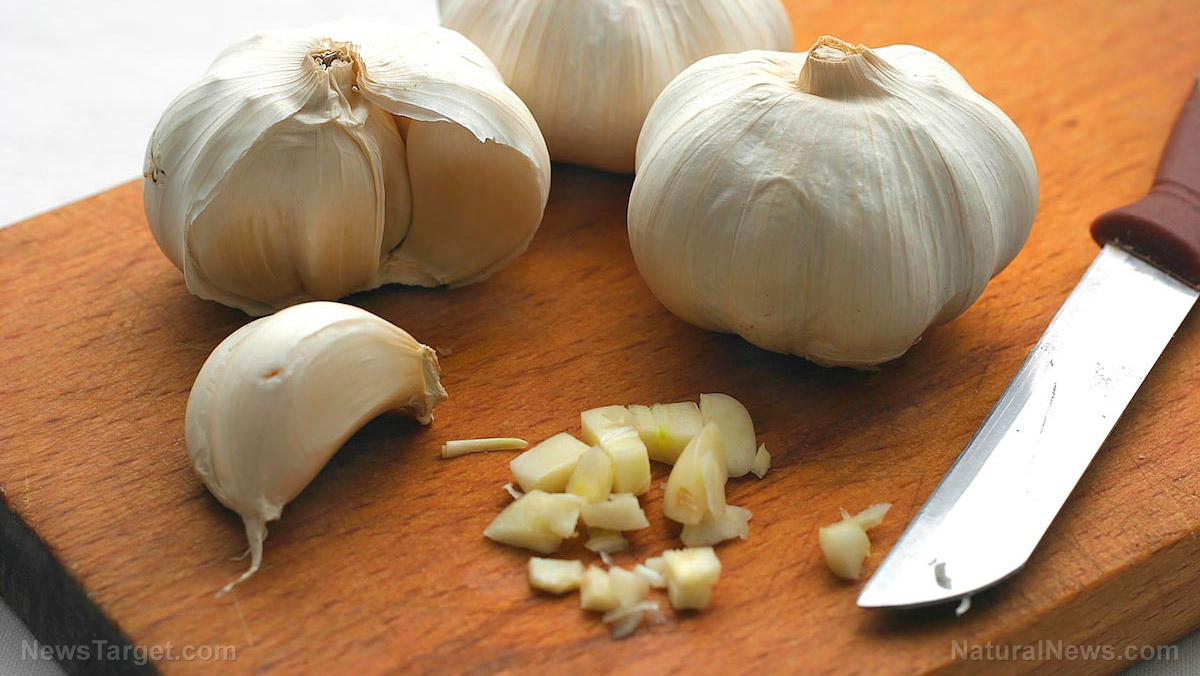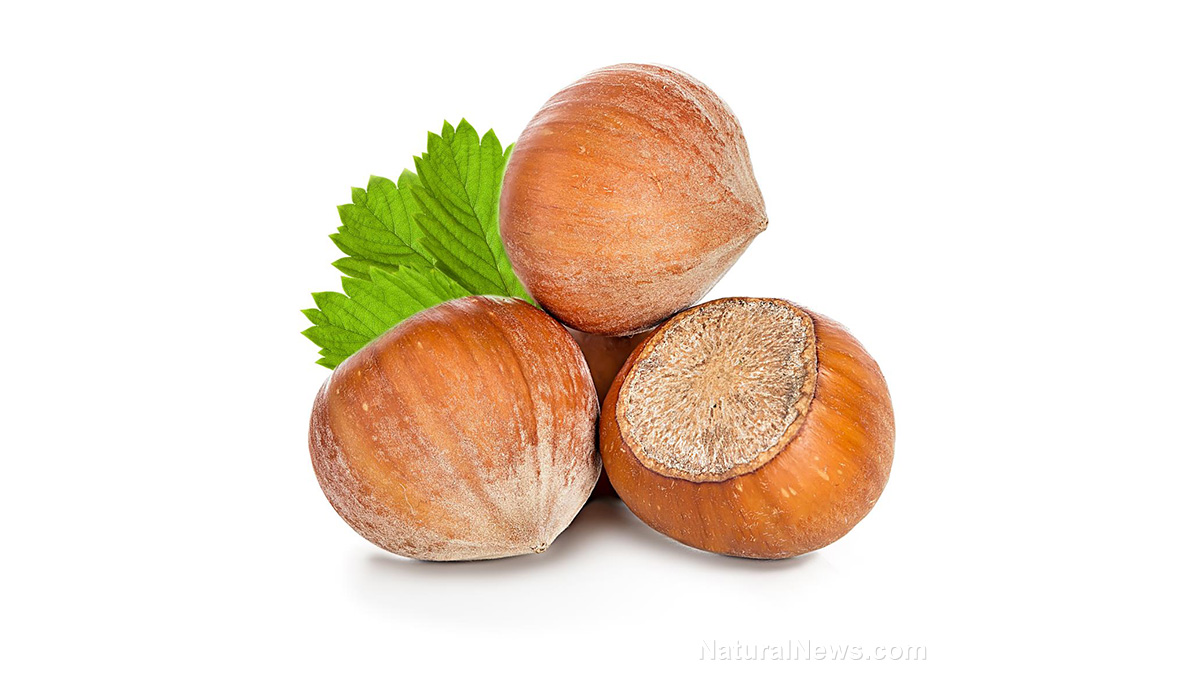 Parler
Parler Gab
Gab
- Garlic contains potent compounds like allicin and allin that fight cold and flu.
- Aged garlic extract and raw garlic may reduce the severity and duration of colds.
- Garlic can be consumed raw, cooked, or as a supplement for optimal immune support.
- Probiotics, spicy foods, and other natural remedies can complement garlic’s benefits.
- In conjunction with other healthy lifestyle habits, garlic offers a powerful and natural defense against colds and flu.
Garlic: A rich history of healing
Garlic’s medicinal use dates back millennia. References to its healing properties can be found in ancient Sumerian tablets dating back almost 5,000 years, and it was a favored remedy in ancient Egypt and Greece. Its pungent aroma and antimicrobial prowess have made it a go-to for infections for centuries. Modern research is now validating these ancient claims, underscoring garlic's role in supporting immune health and fighting common ailments.Garlic's potent compounds: The science behind the scenes
Garlic contains numerous chemically active compounds, with allicin and allin being particularly noteworthy. Allicin, released when garlic is crushed or chopped, is a powerful antiviral and antibacterial agent. Additionally, garlic stimulates the immune system, enhancing the release of natural killer cells that destroy pathogens. These properties make garlic a formidable ally against colds and flu.- Aged garlic extract: Studies suggest that aged garlic extract, which retains many of garlic’s benefits, can reduce the severity and duration of colds and flu. One study found that participants taking 2.5 grams of aged garlic extract experienced 58 percent fewer colds and 61 percent fewer days with colds compared to a placebo group.
- Clinical trials: In one trial, 146 participants were given either a placebo or a garlic supplement containing 180mg of allicin for 12 weeks. The garlic group caught only 24 colds, compared to 65 colds in the placebo group.
Maximizing garlic's benefits for cold season
To harness garlic's full potential, preparation methods are key. Raw garlic, while potent, can be tough on the palate. Here’s how to optimize its use:- Raw garlic: Let crushed garlic sit for 10-15 minutes to increase allicin formation.
- Cooked garlic: While cooking reduces garlic’s potency, it still provides health benefits, including heart health and digestion support.
- Soup: Add raw garlic to soups for flavor and health benefits.
- Chicken soup: Hot tea and chicken soup are effective remedies for colds, and garlic enhances their benefits.
- Pesto: Raw garlic complements the rich flavors in pesto.
Other natural remedies in the cold-fighting arsenal
Garlic isn’t the only natural remedy worth considering. Cold-fighting allies include:- Probiotics: Studies have shown that probiotics can support immune health, particularly in stress-prone individuals like students.
- Spicy Foods: Chili peppers and other spicy dishes can help relieve congestion.
- Supplements: Elderberry, echinacea, and medicinal mushrooms are commonly recommended for immune support.
Garlic gains scientific support
As fall approaches and cold and flu season looms, incorporating garlic into your diet may provide a natural, potent defense. While the evidence is compelling, it is important to remember that garlic is just one tool in the toolbox of preventive measures. Pairing it with other health-boosting practices—such as quality sleep, hydration, and stress management—can further fortify your system against the common cold and flu. Sources for this article include: MindBodyGreen.com PubMed.com Springer.com LearningHerbs.comReviving the lost art of herbal medicine: Deb Soule’s “The Healing Garden”
By Kevin Hughes // Share
“A.G.E.S. Summit 2025” on BrightU: Your home is a critical environment for healing
By Jacob Thomas // Share
Do you know the health benefits of hazelnuts?
By News Editors // Share
The breakfast clock: How your morning meal’s timing could be a lifesaver
By Ava Grace // Share
Pistachios: A nutrient powerhouse for enhancing health and flavor
By Laura Harris // Share
Governments continue to obscure COVID-19 vaccine data amid rising concerns over excess deaths
By patricklewis // Share
Tech giant Microsoft backs EXTINCTION with its support of carbon capture programs
By ramontomeydw // Share
Germany to resume arms exports to Israel despite repeated ceasefire violations
By isabelle // Share










